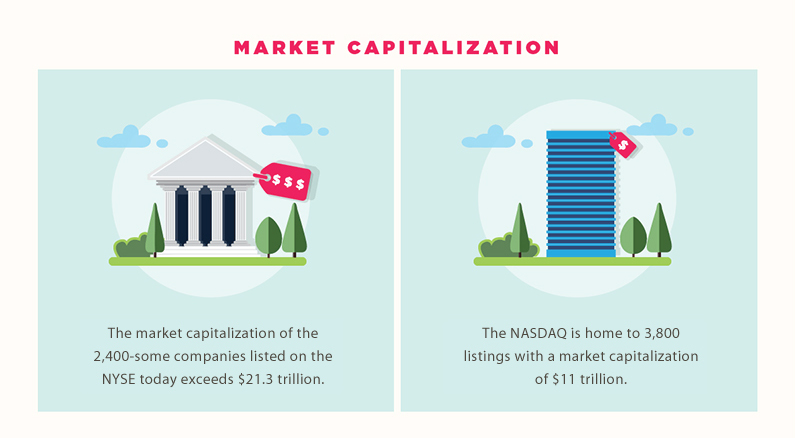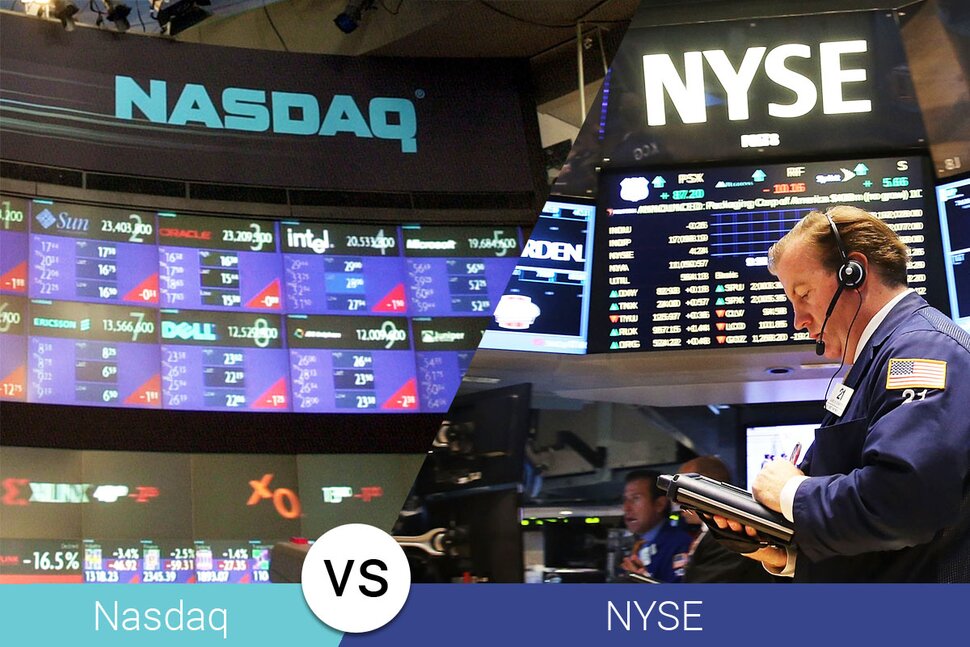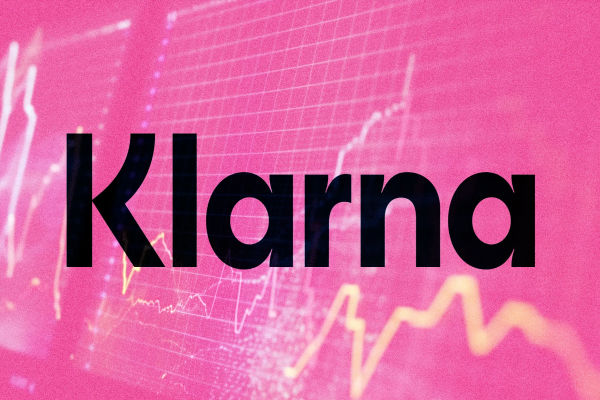Investors navigating the U.S. stock market will inevitably encounter two primary exchanges: the New York Stock Exchange (NYSE) and the Nasdaq Stock Market.
While both facilitate the buying and selling of securities, they differ in structure, listing requirements, and the types of companies they attract. Understanding these distinctions is crucial for informed investment decisions.
Nasdaq vs NYSE: 8 Differences to Know

1) Historical Overview
Since its inception in 1971, Nasdaq has shown strong growth, especially during periods of technological innovation. The dot-com boom of the late 1990s and the recent surge in big tech stocks (e.g., Apple, Amazon, NVIDIA) have contributed to significant gains. The Nasdaq Composite Index, which tracks over 3,000 companies, has historically outperformed the broader market in bullish tech cycles.
However, it has also experienced sharp corrections during market downturns, like the 2000 crash and the 2022 tech selloff.
The NYSE, home to older and more established companies, has displayed more stable and consistent growth. It has fared better during economic downturns and periods of market uncertainty, largely due to the defensive nature of many of its listed companies.
The Dow Jones Industrial Average and the S&P 500 Index (including many NYSE stocks) have demonstrated long-term upward trends, often with lower volatility than the Nasdaq.
2) Trading Mechanisms
Nasdaq: Operates entirely electronically, allowing for rapid trade execution. Market makers compete to provide the best bid and ask prices, enhancing liquidity.
NYSE: Pairs electronic trading with a physical trading floor. Designated market makers are crucial in maintaining fair and orderly markets, especially during volatile periods.
3) Company Profiles
Nasdaq: Home to many technology and growth-oriented companies, including giants like Apple, Amazon, and Microsoft. Its listings often appeal to investors seeking high-growth potential.
NYSE: Hosts a diverse range of established companies across various sectors, such as ExxonMobil, Coca-Cola, and IBM, attracting investors interested in stability and dividends.
4) Listing Requirements
Nasdaq: Provides more flexible listing standards, making it accessible for emerging companies. Initial listing fees range from $55,000 to $80,000 based on the number of shares listed.
NYSE: Imposes stricter listing criteria, including higher thresholds for market capitalisation and earnings. Initial listing fees start at $150,000, with additional annual fees.
5) Market Capitalisation and Trading Volume
Nasdaq: Often surpasses the NYSE in daily trading volume, driven by the high activity of tech stocks and retail investors.
NYSE: Boasts a higher total market capitalisation, reflecting the size and stability of its listed companies.
6) Volatility and Investment Strategies
Nasdaq: Tends to exhibit higher volatility due to its concentration of tech and growth stocks, offering opportunities for significant gains and losses.
NYSE: Generally experiences lower volatility, aligning with long-term investment strategies focused on steady growth and dividends.
7) Technological Innovations
Nasdaq: Pioneered electronic trading and continues to adopt cutting-edge technologies. It is specifically appealing to modern investors and companies.
NYSE: While maintaining its traditional trading floor, the NYSE has integrated advanced technologies to enhance trading efficiency and transparency.
8) Global Reach and Influence
Nasdaq: Operates multiple global markets and provides technology solutions to other exchanges worldwide, extending its influence beyond the U.S.
NYSE: As a part of the Intercontinental Exchange (ICE), the NYSE has a significant global presence. It also offers a broad range of financial products and services.
Future Outlook and Investment Considerations

Looking ahead, both exchanges will be shaped by technological advancements, global economic conditions, interest rate policies, and sectoral shifts.
Nasdaq's Future Outlook:
The Nasdaq is well-positioned for continued growth, particularly if the tech sector continues to lead global innovation. Developments in artificial intelligence, biotechnology, cloud computing, and renewable energy are likely to drive demand for Nasdaq-listed firms.
However, Nasdaq's future is closely tied to investor sentiment toward growth stocks, which can be sensitive to inflation and rising interest rates.
Pros of Investing:
Exposure to high-growth companies and innovation leaders
Higher historical returns during tech booms and bullish markets
Fully electronic trading, which provides speed and efficiency
Greater liquidity in fast-moving tech and digital sectors
Cons of Investing:
Higher volatility, particularly in bear markets or economic downturns
Greater sensitivity to interest rate hikes and inflation
Concentration in technology and growth sectors, reducing diversification
Susceptibility to regulatory changes affecting tech companies
NYSE's Future Outlook:
The NYSE will remain a bastion of stability, especially as global investors seek exposure to blue-chip stocks, dividend payers, and companies with robust cash flows. Its international expansion and strong ties with institutional investors also position it well for long-term relevance.
As sectors like industrials, financials, and healthcare evolve, the NYSE could see renewed interest from those seeking value and income-oriented investments.
Pros of Investing:
Access to blue-chip, well-established companies with stable earnings
Lower volatility and better performance in downturns
Strong dividend potential from legacy corporations
Broad sectoral representation for diversified portfolios
Cons of Investing:
Slower growth compared to tech-focused Nasdaq stocks
Traditional sectors may lag in innovation during tech-driven booms
Higher initial listing standards may limit exposure to emerging firms
Some companies may respond slower to market shifts
Conclusion
In conclusion, the Nasdaq and the NYSE play vital roles in the financial ecosystem, each catering to different types of companies and investors. Nasdaq's electronic platform and focus on innovation attract tech-savvy investors and growth companies.
In contrast, the NYSE's longstanding reputation and rigorous standards appeal to investors seeking stability and established enterprises.
Disclaimer: This material is for general information purposes only and is not intended as (and should not be considered to be) financial, investment or other advice on which reliance should be placed. No opinion given in the material constitutes a recommendation by EBC or the author that any particular investment, security, transaction or investment strategy is suitable for any specific person.








